Having the right PSI in your bike tires can make a world of difference. However, it would be an oversimplification to say that less air offers a more comfortable ride and more air makes you go faster. While this is true in many instances, the fact of the matter is that proper inflation for optimal performance depends on the individual rider and his or her bike.
Every tire has a recommended psi printed on its side close to where it touches the rim. This is usually written as a range (for instance, "90 to 115 psi") since there are reasons why you'd want to be on the higher or lower end, which we'll get into shortly.
Basic rule of thumb if your tires happen to not indicate a recommended pressure: pump them up until they're firm but still slightly squeezable. Alternatively, there are generally-accepted ranges based on bike type:
| Bike tire type | PSI range |
| Kids' bike tires | 20–40 PSI |
| Narrow tires / road bikes | 80–130 PSI |
| Medium tires / hybrid bikes | 50–70 PSI |
| Thick tires / mountain bikes | 30 PSI (off-road) 50 PSI (on-road) |
Road bikes and tires are built for speed over smooth surfaces. Higher air pressure lets them roll easier and faster. A typical range for these would be between 80 and 130 psi, although racers can sometimes go as high as 160 psi. Quick tip if you're caught inflating a road tire without a gauge and need to ballpark it: at 100 psi, a tire can barely be compressed with your thumb.
Unlike roadies, mountain bikes are flying over loose, bumpy terrain. Tires with too much air lead to too much bounce, making for a jolty ride. Lower pressure helps with shock absorption while also giving you more traction since more of the tire comes into contact with the ground. MTB manufacturers recommend between 30 and 50 psi on most of their bikes since this is a nice balance between on-road (closer to 50) and off-road (closer to 30) riding.
Hybrid bike tires require pressure levels between those of road and mountain bikes. This is usually in the 50 to 70 psi range. Kids' bikes have the lowest recommended inflation, typically 20 to 40 psi.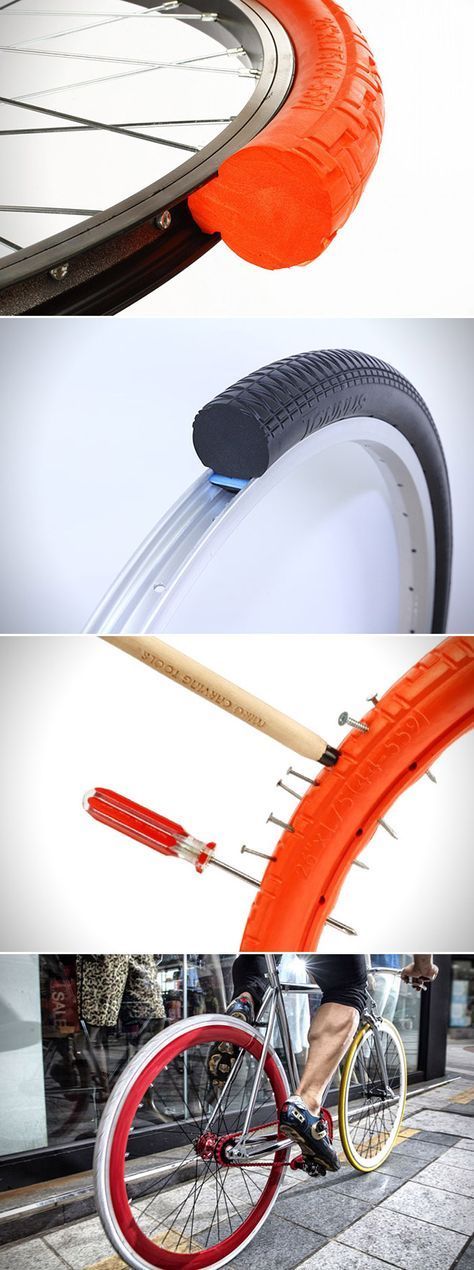 Keep in mind that these are called "recommendations" for a reason, though. A number of factors go into the inflation process beyond just your style of bike.
Keep in mind that these are called "recommendations" for a reason, though. A number of factors go into the inflation process beyond just your style of bike.
Which leads us to…
Because nothing in life is ever as simple as it should be, we've included a few more things to ponder when it comes to making sure everyone's tires are in good shape for their next ride.
As a general guideline, more weight = more pressure. Whether you're competing in the Tour de Whatever or shredding up the backcountry, heavier riders should use a higher psi than lighter ones to see the same performance in their tires. For perspective, someone weighing in at 200lbs will probably want to pump in around 20 more psi than someone who's 160. There's no real slide rule for this, so just play around with the pressure and see what feels best for you. Also keep in mind that rear tires tend to carry more weight than those in front, so adjust accordingly as necessary.
We know through physics that temperature affects air pressure. So, all else being equal, people biking in Miami in August are going to have higher pressure in their tires than people biking in Boston in January. In addition to weather, sustained deceleration using rim brakes generates friction that can increase temperatures inside the tube significantly. Fortunately, they also cool off relatively quickly, but it's something to keep an eye on during long descents. It may also be worth mentioning to your burgeoning roadster as he or she is learning the basics of hand braking.
In short, don't do either. If you overinflate, you run the risk of blowing the tube either while pumping or while riding due to sudden or constant impact. If underinflated, the low pressure could cause pinch flats. This occurs when the tube becomes squeezed between the rim and tire casing by hitting a bump with an underinflated wheel.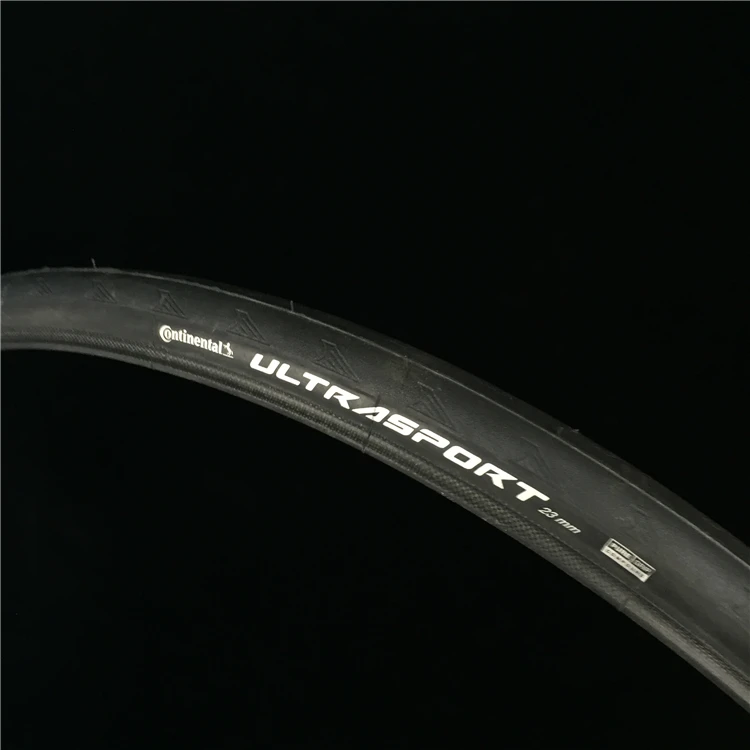 Not only does this damage the tire, it can also hurt the rim. Plus, flat tires slow you down and make you pedal harder, which is just no fun.
Not only does this damage the tire, it can also hurt the rim. Plus, flat tires slow you down and make you pedal harder, which is just no fun.
"How often should I inflate my tires?" is a common question among many casual bikers. The answer depends on how often and how hard you ride. Some people break out the pump every few days, others once a week, and still others even less regularly than that. Even if you or your kids have left your wheels in the garage for months, air tends to seep out slowly, anyway. Therefore, as a bike-safety best practice, just like a car it's certainly never a bad idea to check your tires before each ride. Especially if it's been a while.
The pro's choice, floor pumps do a great job. They are easier to pump and attach, and will pump your tires up much quicker than a hand pump will. Some come with gauges, which eliminate 1) the need to switch back and forth between a pump and standalone gauge, or 2) if you're really lazy, outright guesswork.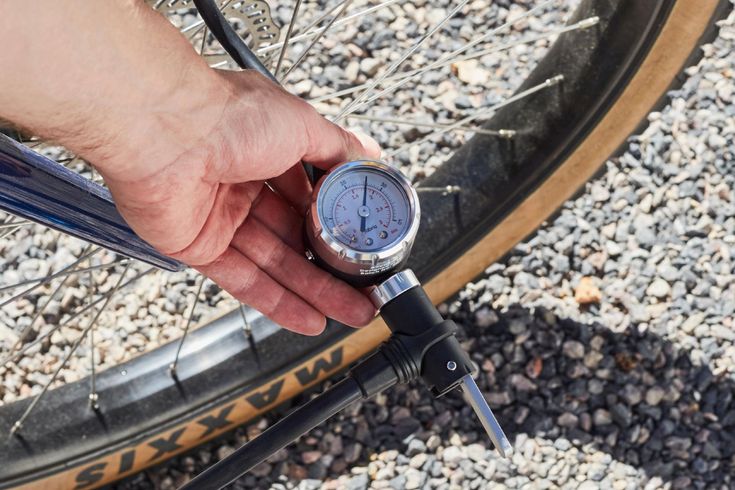
However, some expert cyclists are cautious of floor pumps with gauges, as the accuracy of the gauge can svary and may be off by as much as 10 PSI. On the plus side, if the gauge is consistent you can calculate the difference and adjust your target PSI to compensate.
It may be tempting to simply use the air compressor at your neighborhood Exxon, but these are less than accurate and can often overinflate your tires (it's a gas station, they're meant for cars). For serious riders whose circuits take them far from home, a small hand pump can help you change a flat on the fly. Carbon dioxide inflators accomplish the same thing if you're an air-in-the-can kind of guy.
Essential for any enthusiastic cyclist, hand pumps are harder work to fill the tire with, and aren't as quick. But they're transportable, so you always have your pump with you. It's simply foolish to embark on any long distance bike ride without your trusty hand pump and puncture repair kit.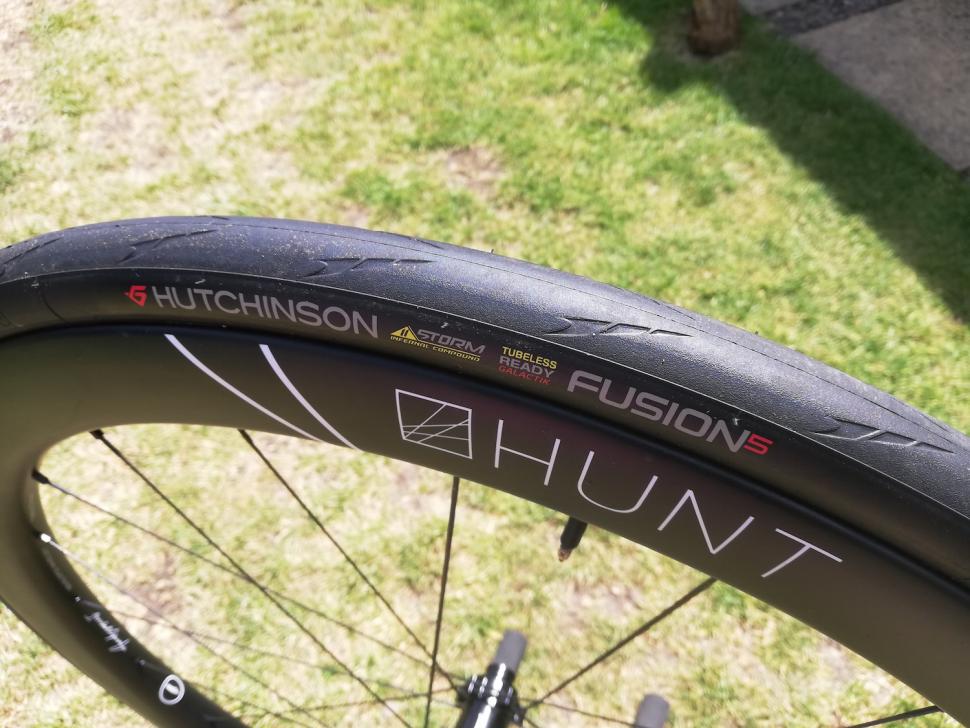
So there you go, we hope this quick guide to bike PSI pressure was useful. To recap: figure out what feels most comfortable based on your particular cycling style. Go with that. Keep an eye on your pressure, and check it before every ride. You'll get a feel for it over time. Like, literally.
Gone are the days of simply pumping up your road bike tyres to the maximum pressure permitted and hoping for the best. Not only are excessively high pressures uncomfortable, they’ve also been proven to slow you down.
Optimising the tyre pressure on your road bike is, therefore, one of the simplest – and cheapest – ways to improve the performance and comfort of your bike.
Equally, for beginner cyclists, it’s not always clear what pressure you should pump your tyres up to. While most tyres have a recommended pressure range printed on the sidewall, there’s rarely any more guidance than that.
Ultimately, the pressure you need to run will vary depending on the rider, bike and road conditions, but it’s fairly easy to get into the right ballpark. Whether you’re just starting out or you’re an experienced rider looking to optimise performance, we’re here to help.
Whether you’re just starting out or you’re an experienced rider looking to optimise performance, we’re here to help.
So, how can you find the right tyre pressure for your bike? In essence, it’s all about finding a balance.
You need your tyre pressure high enough to minimise energy losses from the deformation of the tyre and to offer predictable handling through corners. But you also need it low enough to absorb, rather than bounce over, imperfections in the road.
In this article, we’ll run through why tyre pressure is so important, what factors influence finding your optimum pressure, and how you can find a pressure that works best for you.
If you’re just starting out, we’ve also got an explainer on how to pump up a bike tyre, as well as a guide to inner tubes, with everything you need to know about tube sizes, valve types, materials and so on.
We’ve also got a guide to tubeless setup, if you’re considering making the switch, and buyer’s guides to the best road bike tyres and best tubeless tyres if you’re looking for new rubber.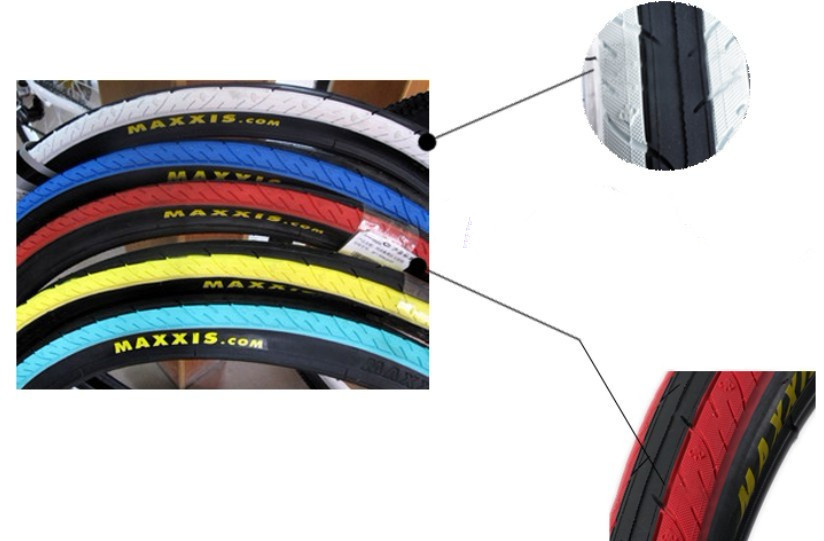
Before we get stuck into the details, here are four key things to consider when it comes to road bike tyre pressure.
If your tyre pressure is too low, you could pinch the tyre against the rim, causing a puncture or damaging the wheel.Russell Burton / Immediate Media
On a basic level, getting your tyre pressure right will make your rides easier, more comfortable and lower your chances of punctures.
From a performance standpoint, optimising tyre pressure is critical to reducing rolling resistance and improving comfort. Rolling resistance is the force resisting the motion of your tyres rolling on the ground.
If your tyre pressure is too low, more energy will be lost in the deformation of the tyre casing and friction between the tyre and the road. It also increases the chance of pinch flat punctures.
It also increases the chance of pinch flat punctures.
If your tyre pressure is too high, the tyre will be so stiff your bike will begin to vibrate over imperfections in the road surface, negatively affecting comfort and wasting energy.
Very high tyre pressures might feel fast, but they’re not.
Once you go past a certain point, adding more air to your tyres actually decreases grip, increases high-frequency vibrations and causes extra muscular fatigue. All of these things slow you down.
Getting your tyre pressure right is both faster and more comfortable.
In order to set the right tyre pressure on your road bike, you’ll ideally have access to a track or floor pump with an in-built pressure gauge. You don’t need to spend loads, but given how much you’ll use it in the long term, getting something high-quality makes sense.
If you really want to fine-tune your tyre pressures, one of the best tyre pressure gauges is a worthwhile investment, too.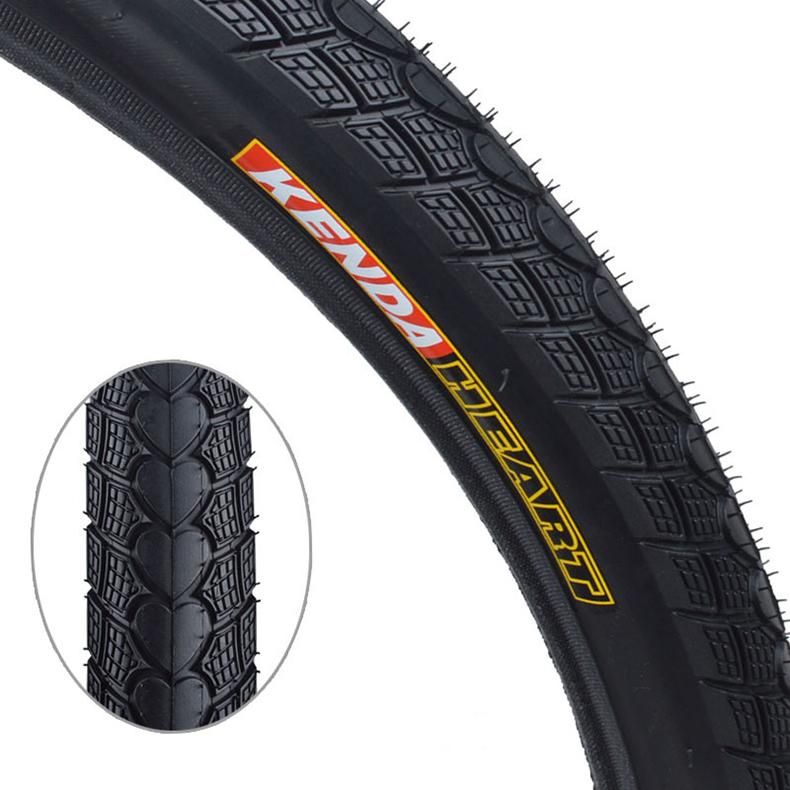
When it comes to road bike tyre pressure, err on the side of ‘too low’ rather than ‘too high’.
According to testing by Silca, performance decreases rapidly once you go past the optimum pressure for a given setup. Being a little too low only brings a relatively small speed penalty, but should be noticeably more comfortable on rough roads.
BikeRadar’s technical writer, Simon von Bromley, puts around 65psi in his 28mm tyres.Russell Burton / Immediate Media
Helpfully, some tyre manufacturers offer pressure recommendations or pressure calculators for their range of road bike tyres, and we can take these as general starting points for dry days on smooth tarmac.
As we’ll come on to, you should pay close attention to the actual size of your tyres when inflated because this can change optimum pressure for any given rim and tyre combination.
If the actual inflated tyre width is larger than the labelled width, the tyre will need slightly less pressure than recommended by these tables and vice versa.
Likewise, the optimum tyre pressure will be higher for heavier riders, or for riders carrying loads on their bikes, and lower for lighter riders.
As a final caveat, it’s important to adhere to the pressure limitations set by the manufacturers of both your rims and tyres, particularly with regards to the upper limits. These are typically printed on the tyre or rim sidewalls.
If you have a set of wheels with hookless rims, the maximum permitted tyre pressure may also be much lower than with hooked rims.
| Rider weight | Recommended pressure | Rider weight | Recommended pressure | ||
| ≤ 50kg / ≤ 110lb | 84psi / 5. 8bar 8bar | ≤ 50kg / ≤ 110lb | 73psi / 5bar | ||
| 51-57kg / 112-126lb | 90psi / 6.2bar | 51-57kg / 112-126lb | 78psi / 5.4bar | ||
| 58-65kg / 128-143lb | 96psi / 6.6bar | 58-65kg / 128-143lb | 83psi / 5.7bar | ||
| 66-73kg / 145-161lb | 102psi / 7bar | 66-73kg / 145-161lb | 88psi / 6.1bar | ||
| 74-81kg / 163-179lb | 106psi / 7.3bar | 74-81kg / 163-179lb | 93psi / 6.4bar | ||
| 82-88kg / 181-194lb | 110psi / 7.6bar | 82-88kg / 181-194lb | 98psi / 6.8bar | ||
| ≥ 89kg / ≤ 196lb | 115psi / 7.9bar | ≥ 89kg / ≤ 196lb | 103psi / 7.1bar | ||
| ≥ 96kg / ≤ 212lb | Use 700x25c tyre | ≥ 96kg / ≤ 212lb | 108psi / 7. 4bar 4bar | ||
| On a 19mm rim: lower pressure by 0.4bar / 6psi | On a 21mm rim: lower pressure by 0.3bar / 5psi | ||||
The following recommendations are from Pirelli for its TLR tubeless road tyres, but are good starting points regardless of the brand of tyres you’re using, providing you take the various factors we’ll run through later into account when going on to fine-tune tyre pressure.
| Rider weight | Recommended Pressure | Rider weight | Recommended Pressure | ||
| ≤ 50kg / ≤ 110lb | 65 psi / 4.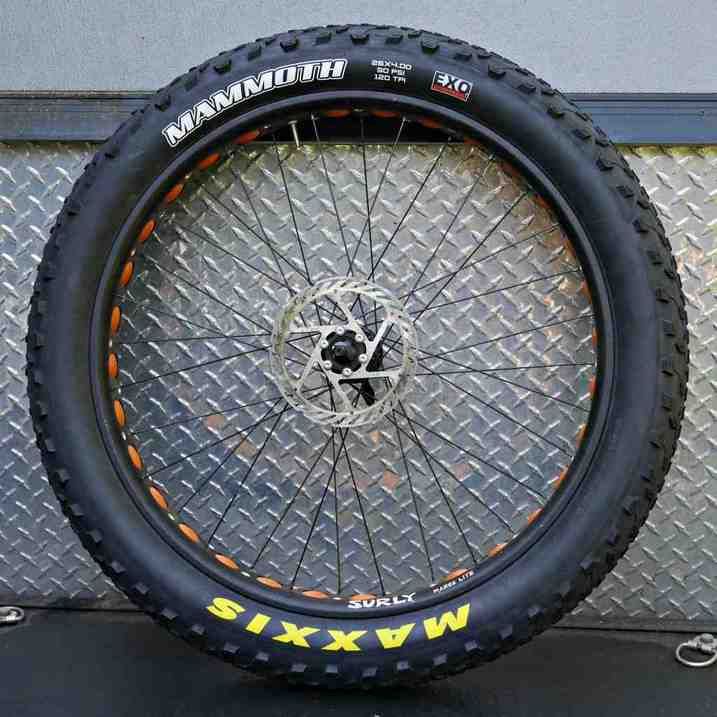 5bar 5bar | ≤ 50kg / ≤ 110lb | 58psi / 4bar | ||
| 51-57kg / 112-126lb | 70psi / 4.8bar | 51-57kg / 112-126lb | 61psi / 4.2bar | ||
| 58-65kg / 128-143lb | 75psi / 5.2bar | 58-65kg / 128-143lb | 65psi / 4.5bar | ||
| 66-73kg / 145-161lb | 80psi / 5.5bar | 66-73kg / 145-161lb | 70psi / 4.8bar | ||
| 74-81kg / 163-179lb | 85psi / 5.9bar | 74-81kg / 163-179lb | 74psi / 5.1bar | ||
| 82-88kg / 181-194lb | 90psi / 6.2bar | 82-88kg / 181-194lb | 78psi / 5.4bar | ||
| ≥ 89kg / ≤ 196lb | 95psi / 6.6bar | ≥ 89kg / ≤ 196lb | 83psi / 5.7bar | ||
| ≥ 96kg / ≤ 212lb | 100psi / 6.9bar | ≥ 96kg / ≤ 212lb | 87psi / 6bar | ||
On a 21mm rim: lower pressure by 0. 3bar / 5psi 3bar / 5psi | On a 21mm rim: lower pressure by 0.3bar / 5psi – On a 23mm rim: lower pressure by 0.4bar / 6psi | ||||
Advice from other brands may vary, but Pirelli recommends riders who weigh over 96kg / 212lb should use 700 x 25c tyres or larger because the recommended tyre pressure for a rider of this mass would exceed the maximum permitted pressure for a 700 x 23c tyre.
As always, it’s vital not to exceed the maximum pressures indicated on your tyres or rims.
How do Pirelli’s recommendations stack up against what tyre pressures I personally use? Let’s have a look at some examples.
To give these pressures some context, I weigh around 63 to 64kg.
Time trials are a personal favourite of mine. On my time trial bike, I use 23mm tyres on 19mm rims, but their actual inflated width is closer to 25mm.
Given most time trials tend to take place on fairly good roads without too many potholes, I run around 90psi front and rear.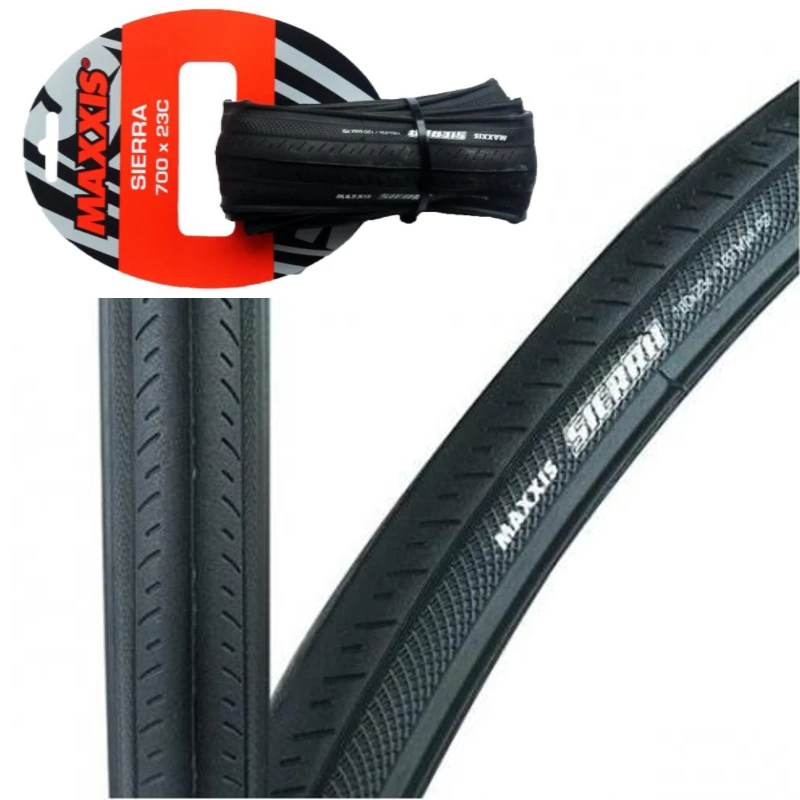
However, on my Giant TCR Advanced Pro 2, I’d typically be running 28mm tyres on 19mm rims. For this, I’d normally use pressures of around 65psi because the roads I ride on most often tend to have rough or broken surfaces.
Getting your tyre pressure right on a road bike is very different to a mountain bike, where tyres (and wheel rims) are significantly wider, the terrain is looser and you have trail obstacles to contend with.
If you ride off-road, we’ve got a separate guide to mountain bike tyre pressure.
Russell Burton / Immediate Media
As already noted, the above recommendations are intended as general starting points. They’ll get you in the right ballpark, but there are a number of factors beyond tyre and rim size and rider weight that affect your personal optimum road bike tyre pressure.
A tyre can inflate wider – or narrower – than its nominal size, depending on the internal rim width of the wheel it’s mounted on.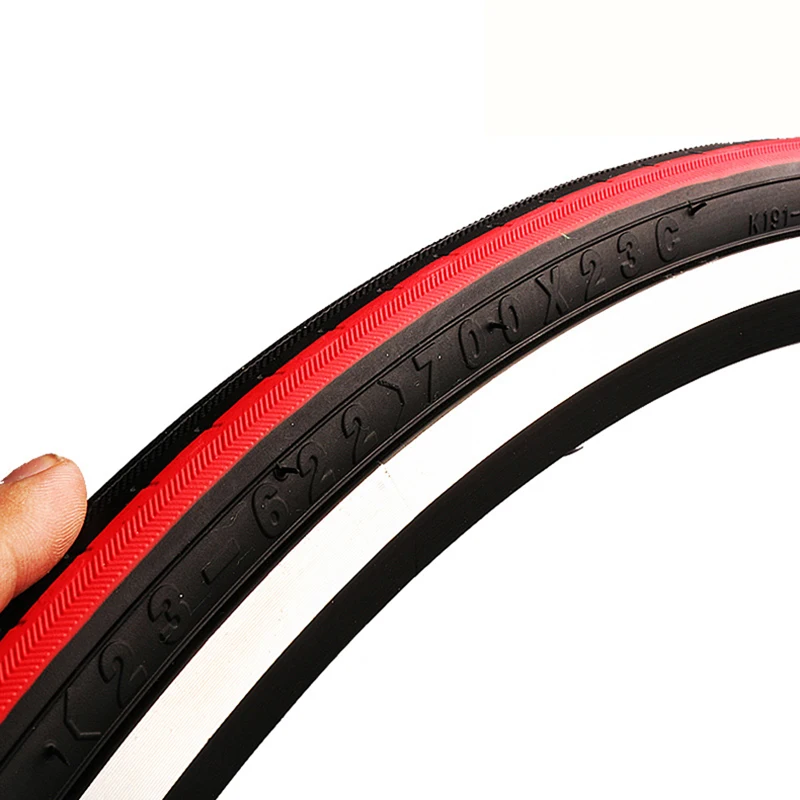 Russell Burton / Immediate Media
Russell Burton / Immediate Media
Accurately determining your tyre size is crucial to calculating optimum pressure.
Despite most bicycle tyres being labelled with a specific size, such as 700 x 25c, the actual inflated size of any given tyre will depend on both the design of the tyre and the internal rim width of the wheel.
Most new road tyres are designed around a 19mm internal rim width. A wheel with a wider internal rim width, as pictured here, will likely increase the measured width of a tyre when inflated.Russell Burton / Immediate Media
Most new tyres are now designed around the latest 2020 ETRTO (European Tyre and Rim Technical Organisation) standards with a 19mm internal width, so wheels with an internal rim width wider than this will likely increase the measured width of a tyre when inflated to a given pressure (and vice versa).
The optimum pressure is, therefore, likely to be lower than if you were running the same tyre on a narrower rim.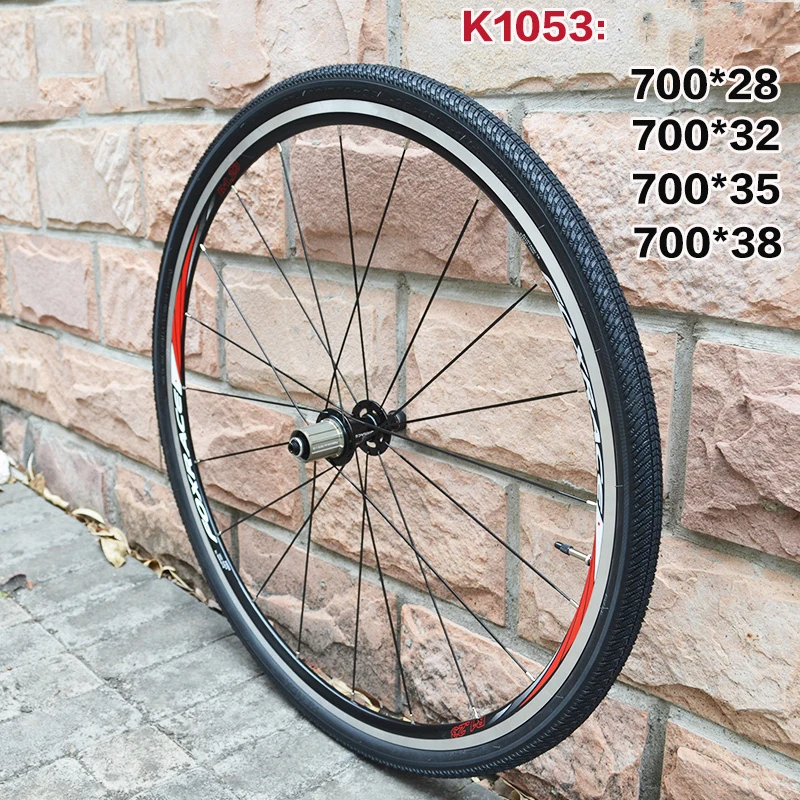
Riding a lightweight, go-fast road bike? Your tyre pressure will need to be lower than a heavily laden touring bike, assuming all other variables are the same.Russell Burton / Immediate Media
While the rider makes up the vast majority of the total system weight – and, as we’ve already covered, a heavier rider will generally need to run higher pressures than a lighter rider – the weight of your bike and any kit you’re carrying also count.
If you’re riding a sub-4kg weight weenie optimised road bike and don’t have it loaded up with heavy gear, then you might need to lower your tyre pressure by a few psi.
The opposite is also true. If you’re riding a heavy touring bike or a road bike loaded with bikepacking bags, you may need to add more air to your tyres.
With road bikes, the rider’s weight is generally not evenly distributed across both wheels. The exact split will be different for every rider, depending on riding position and bike, but it’s usually the case that the rear wheel takes slightly more of the load than the front.
As a rule of thumb, it’s worth putting a few psi less in the front tyre than in the rear.
The condition of the roads you ride will have an impact on the ideal pressure of your tyres.Russell Burton / Immediate Media
If you’re riding on a perfectly smooth velodrome, higher pressures are faster. However, on imperfect surfaces, such as roads, very high pressures simply increase vibrations and can slow you down.
As roads get rougher, with bigger holes and bumps, the optimum tyre pressure decreases further.
When roads get very rough, smaller tyres (anything 25mm or smaller) running at a relatively low pressure may not be able to provide enough protection for the rim or inner tube – especially for heavier riders – which can lead to pinch flats or even rim damage.
If you ride on rough roads, or roads with a generous coating of gravel, dropping your tyre pressure can help improve comfort and reduce the likelihood of pinch flats. Russell Burton / Immediate Media
Russell Burton / Immediate Media
Switching to larger tyres will give you a greater amount of tyre volume to play with, so you can fine-tune the pressure to account for both rolling resistance and comfort on rough roads.
This is why the pros switch to 28mm+ tyres for cobbled races such as the Tour of Flanders and Paris-Roubaix.
Dropping your tyre pressure a little in wet conditions might give you more grip.Russell Burton / Immediate Media
When road surfaces are wet, or if it looks like it might rain during your ride, it’s worth dropping pressure by around 5psi on both tyres. This helps increase the amount of rubber in contact with the road, which should improve grip.
Higher temperatures, whether ambient or induced by rim braking, can also increase tyre pressure.
If you’re riding long descents on hot summer days on a bike with rim brakes (particularly one with carbon clincher wheels or latex inner tubes), be careful to not over-inflate your bike’s tyres. Doing so could lead to dangerously high pressures building up inside the inner tubes or tubeless tyres, if too much excess heat is introduced to the system.
Doing so could lead to dangerously high pressures building up inside the inner tubes or tubeless tyres, if too much excess heat is introduced to the system.
The materials and construction of a tyre can also affect the optimum pressure.Russell Burton / Immediate Media
The materials and construction methods a road bike tyre manufacturer uses can also affect the optimum pressure, to a small degree.
Road bike tyres designed for racing or summer use tend to have casings that use a higher number of thinner nylon or cotton threads (this is what the Threads Per Inch or TPI number of a tyre refers to), and only a thin layer of rubber tread on top. This makes them easier to deform under pressure, making for a smoother and faster ride.
Conversely, winter road bike tyres typically have stiffer, more durable casings with fewer, thicker nylon threads. The rubber tread on top also tends to be thicker for improved mileage and puncture protection.
Given this, you may need to drop your road bike tyre pressure slightly when moving across to winter tyres because the optimum pressure for comfort and grip is likely to be a few psi lower.
Running tubeless tyres removes the risk of pinch flats.Russell Burton / Immediate Media
If you’re using tubeless tyres, it’s worth remembering that the absence of an inner tube means you can safely run lower pressures without the risk of pinch flatting the tube.
Because lower tyre pressures can improve off-road grip, running tubeless tyres can be particularly useful if you’re riding a road bike with relatively large tyres and looking to take in some light off-road or gravel riding.
No one likes to be stuck at the side of the road fixing a puncture.Russell Burton / Immediate Media
So, you have all the information at your fingertips, but how do you actually go about fine-tuning tyre pressure? The simple answer is experimentation.
Start with the recommendations above and then consider what the road conditions are like where you ride. Do you have miles and miles of freshly laid tarmac? If so, the above recommendations are probably close to optimal.
If you don’t – perhaps because you live somewhere such as the UK – start with the above recommendations and experiment with taking a little pressure out of the tyres each time you go for a ride.
Start with small steps in pressure of around 5psi, and, if you pay attention, you should eventually be able to determine a sweet spot for speed and comfort.
You’re looking for a pressure that feels smooth, without feeling like the tyre is collapsing underneath you when cornering. And, as already mentioned, erring on the side of too low rather than too high is a good thing to keep in mind.
If you’re really serious, you could conduct some basic field testing with a power meter to try to find your optimal pressure.Simon Bromley / Immediate Media
Alternatively, if you have an accurate and reliable power meter, you could do some basic field testing yourself.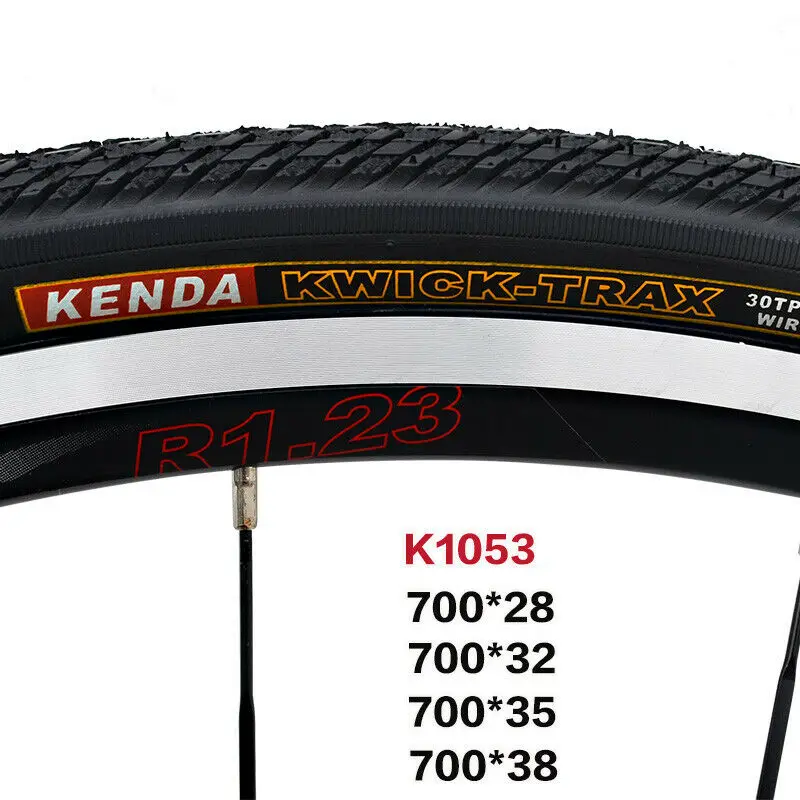
Find a long, steady climb with an average gradient of over 5 per cent, and see how different tyre pressures affect the power required to ride at a certain speed, or how fast you travel for a set power output.
The data you acquire should enable you to hone in on an optimum tyre pressure for the setup and road conditions you’re using when testing.
You’re looking for the tyre pressure that requires the least power for a set speed, or enables you to travel fastest for a set power.
As with any testing, it’s important to keep all other variables (e.g. system weight, riding position, traffic, weather, etc) the same for each test run, otherwise, you can muddy the results.
Simon von Bromley is a senior technical writer for BikeRadar.com. Simon joined BikeRadar in 2020, but has been riding bikes all his life, and racing road and time trial bikes for over a decade. As a person of little physical talent, he has a keen interest in any tech which can help him ride faster and is obsessed with the tiniest details. Simon writes reviews and features on power meters, smart trainers, aerodynamic bikes and kit, and nerdy topics like chain lubricants, tyres and pro bike tech. Simon also makes regular appearances on the BikeRadar Podcast and BikeRadar’s YouTube channel. Before joining BikeRadar, Simon was a freelance writer and photographer, with work published on BikeRadar.com, Cyclingnews.com and in CyclingPlus magazine. You can follow Simon on Twitter or Instagram.
Simon writes reviews and features on power meters, smart trainers, aerodynamic bikes and kit, and nerdy topics like chain lubricants, tyres and pro bike tech. Simon also makes regular appearances on the BikeRadar Podcast and BikeRadar’s YouTube channel. Before joining BikeRadar, Simon was a freelance writer and photographer, with work published on BikeRadar.com, Cyclingnews.com and in CyclingPlus magazine. You can follow Simon on Twitter or Instagram.
contents
Starting point for a cyclist weighing 70 kg.
Bicycle type Tire width Tire pressure in psi
| Road bike | 25 mm | 100 |
| Road bike | 28 mm | 87 |
| gravel bike | 35 mm | 65 |
| MTB | 2 in.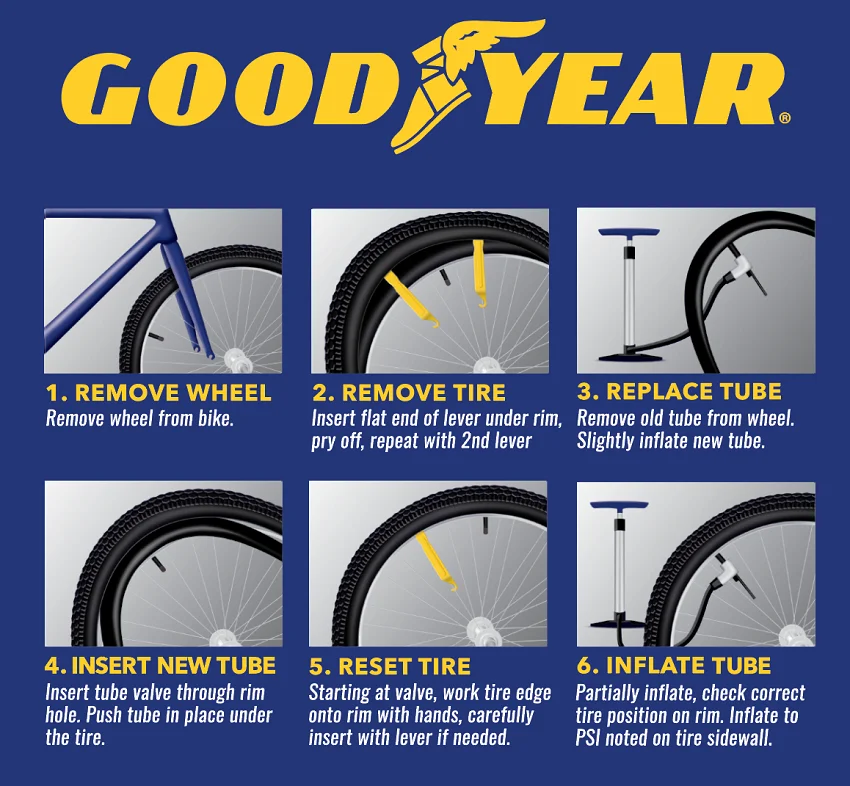 (50 mm) (50 mm) | 44 |
4 more rows
The correct pressure will be no more than 9.5 bar, which is the maximum value to which we must inflate our tubes. A pressure of around 8-9 bar is what maximizes our ratio between friction and grip.
Folding bikes with 16" to 20" wheels are typically 60 to 120 psi (4 to 8 bar) compared to 35 to 65 psi (2.5 to 4.5 bar) for a traditional bike ( urban, mountain, hybrid). ) from 26-28″. The city is interesting to take on the maximum or almost.
“Recommended cold tire pressures can be found in the vehicle owner's manual and on the tire label. Typically, it's 30 psi for a small car, 36 psi for a medium car, and 42 psi for a large car."
Recommended tire pressure
Recommended tire pressure depends on vehicle size and tires. Based on the usual tire size for each segment, small cars typically have 30 psi, midsize cars 36 psi, and large cars 42 psi.
Based on the usual tire size for each segment, small cars typically have 30 psi, midsize cars 36 psi, and large cars 42 psi.
PSI (pounds per square inch) is a unit of pressure that is equal to 1 psi.
In any case, the equivalence is 1 bar = 14.5038 psi and 1 psi = 0.0689476 bar.
At Michelin, for example, if we look at the most common 29×2.25 tube tires, the pressure they take is between 1.8 and 4 bar (from 29up to 58 psi), while Continental to the same extent and similar tires are 3.5 to 4.5 bar (50 to 65 psi).
If the air pressure in the tire is lower than recommended, more gasoline is used, CO2 emissions increase, which leads to premature tire wear. Excess pressure reduces braking performance, causes uneven wear and can lead to tire blowout.
Excess pressure reduces braking performance, causes uneven wear and can lead to tire blowout.
Gauge pumps usually have guides in PSI (pounds per square inch) and bar. Both are units of pressure, the former being more used in Anglo-Saxon countries and the latter internationally.
For example: "26×1.5 45-60" psi means that this wheel has a rim diameter of 26 (in) and a width of 1.5 (in) and the recommended air pressure is between 45 and 60 psi.
The PSI value corresponds to its name in English Pound-force per Square Inch, which in Spanish translates as pounds per square inch. It is the most widely used unit of tire pressure, especially in English-speaking territories.
Note: 35 psi is the air pressure assigned to "maximum load" tires with "standard" load, and 41 psi.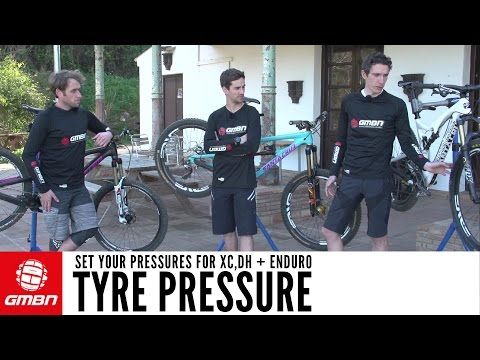 inch for tires with "extra load".
inch for tires with "extra load".
Atmospheric pressure is usually measured in pounds per square inch (psi), kilopascals (kPa) or pressure bars (bars).
Comparison table psi and bar
| bar | Psi |
|---|---|
| 1 bar | 14.503773773 PSI |
| 2 bar | 29.007547546 PSI |
| 3 bar | 43.5113213104 PSI |
| 5 bar | 72.518868865 PSI |
1 psi = 0.07 kgf/cm 2 .
PSI, or pounds per square inch, measures the amount of pressure applied over an area of one square inch.
The PSI value in pressure refers to pounds per square inch (pounds per square inch, as it is abbreviated in English). It is one of the most commonly used units of pressure, although not the only one: other units are used, such as the bar, which is equivalent to 14.5 pounds.
La libra de fuerza por pulgada cuadrada (pound-force / inch² or pound f /in², abbreviated psi, from the English “lbs-force per Square inch”) is a unit of pressure related to the Anglo-Saxon system of units.
Bar value
This pressure unit is equal to 100.000 1 Pa (Pa) and is widely used, although not part of the International System of Units. It is approximately equal to one atmosphere (XNUMX atm).
AT 65 psi COLD" indicates the maximum tire load range and the corresponding maximum cold pressure.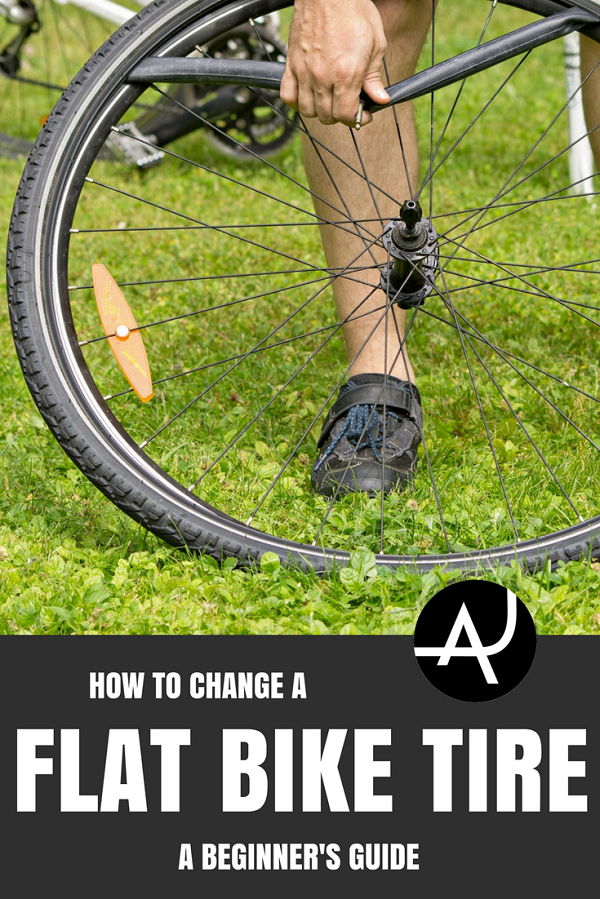 "SINGLE" means that the Wheel turns alone.
"SINGLE" means that the Wheel turns alone.
For example, wide MTB tires typically use 25 to 30 psi pressure. Intermediate tires, common on hybrid bikes and gravel bikes, require 40 to 70 psi. The narrower treads common on road bikes generally recommend 80 to 130 psi pressure.
You can check this by looking at the sticker on the door frame or on the outer gas cap, this sticker shows the tire size and the correct pressure. Avoid mixing tires of different sizes on your vehicle. Avoid hard acceleration and hard braking.
Low profile tires also provide better "touch to the car", the driver has better control of the car and can better predict its behavior.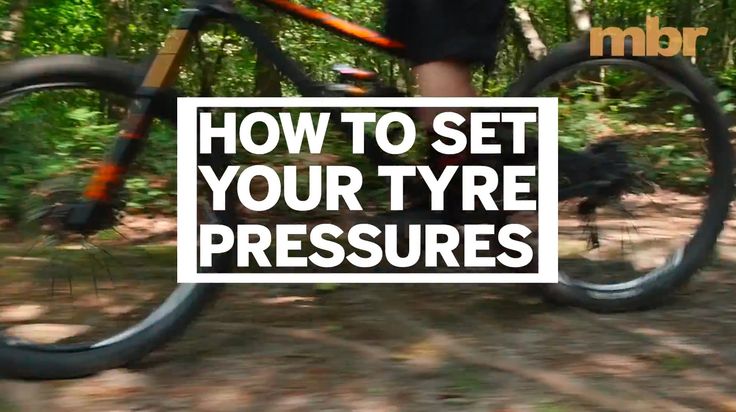 Also, the wobble is much less noticeable.
Also, the wobble is much less noticeable.
The lid will be deformed if you step on the outside more than inside. The stability of the car will be less. The tire will go through the wheel from the inside and lose the layer that makes it waterproof, as well as make it weak on the sides and can even cut it.
All tires have different air pressures depending on size and design. The manufacturer's recommended maximum inflation pressure can be found on the side of each tire.
Let's look at an example: P175/70 R13 230 kPa (35 PSI)
| Rin: | Recommended pressure (PSI): |
|---|---|
| 14 | 34 |
| 15 | 36 |
| 16 | 38 |
| 17 | 40 |
Rim 18 fills up to 42 lbs.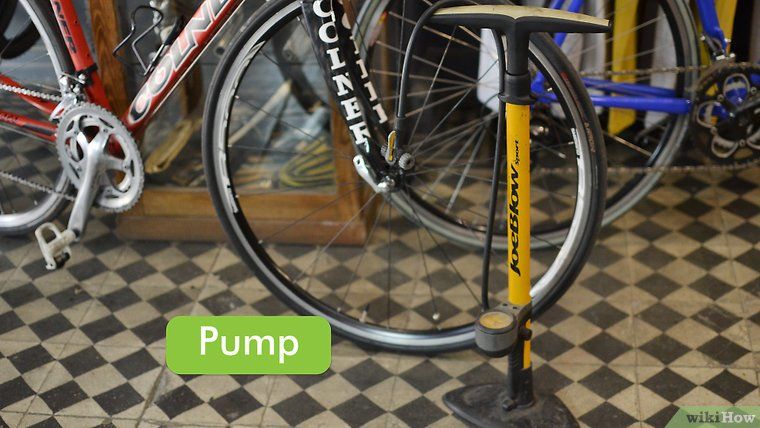
Tires 27.5+ (2.8 and up): 12 to 27 psi - 0.8 to 1.8 bar. Tires on wide rims (25 mm internal or more): 1.5 to 4.5 psi - 0.1 to 0.3 bar less than conventional rims.
Table to find out the correct tire pressure
| rim sizes | lead | rear |
|---|---|---|
| 205 / 60 R15 | 28 | 32 |
| 205 / 55 R16 | 32 | 38 |
| 235 / 45 R17 | 33 | 33 |
| 245 / 55 R16 | 30 | 33 |
It also specifies a maximum air pressure of 300 kPa (44 psi).
US load and atmospheric pressure.
| sizing system | Rango de karga | Presion de Aire |
|---|---|---|
| Eurometric | Standard heavy or additional load | 36 psi 42 psi |
Maximum inflation pressure must never exceed 44 psi.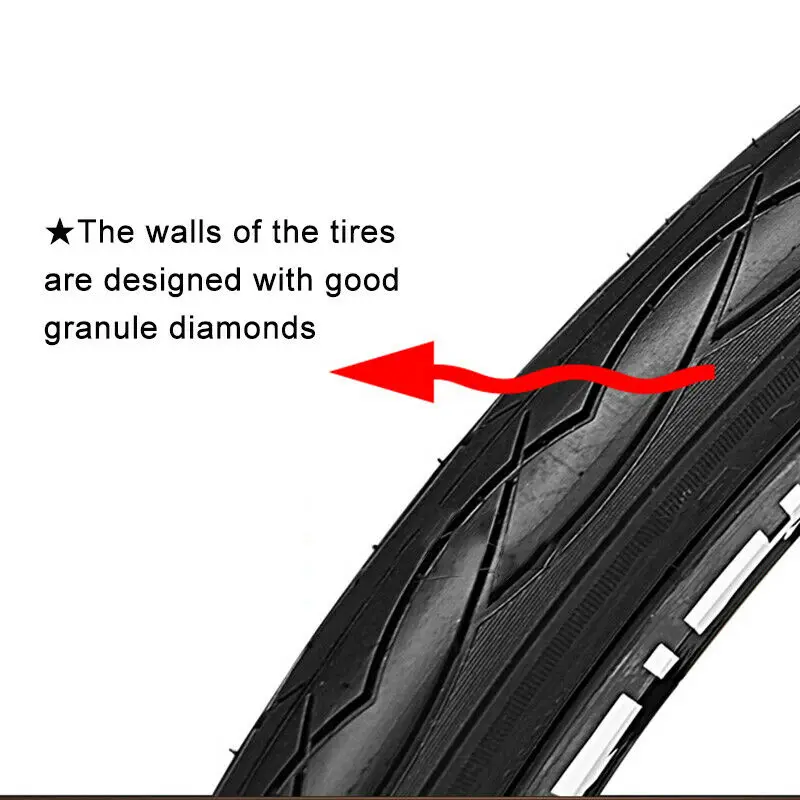 inch (3.0 bar).
inch (3.0 bar).
In general, we can say that the pressure in our tires should be around 2.5 bar. But, of course, this is a general figure, which varies from model to model and whether the machine is loaded to the top or half empty.
Maximum inflation pressure must never exceed 44 psi. inch (3.0 bar).
Transducer
| LENGTH | AREA | |
|---|---|---|
| 1 bar | ||
| WEIGHT | 1 bar | |
| 1 kg | = 2.205 pounds | 1 bar |
| 1 kg | = 35.27 oz | 1 Pa |
One pound is equal to 453.59 grams in the international system of units, which is 0.45359 kilograms.
Talk. The word BAR is originally an acronym meaning "Beer & Alcohol Room".
The word BAR is originally an acronym meaning "Beer & Alcohol Room".
Measurements will always be in PSI or BAR, in Mexico the PSI measurement is more commonly used. It is recommended to check the pressure at least once a month. But always remember to do this when the tire is cold or if you haven't driven more than a kilometer.
In the example below, the vehicle manufacturer recommends 35 psi. inch for standard load bar 225/45R17 91W, this pressure increases by 1.5 psi. the car reaches a top speed of 6.2 mph (10 km/h) …
tire pressure
This can be "PSI" (pounds per square inch) or bars. The pressure rating may be stated as "maximum pressure" or "inflate to..." and a range is usually specified (e.g. 90-120 psi or 35-60 psi).
pressure. As a rule, tire pressure does not exceed 2 bar. The recommended pressure for wide tires 2. 25 and more is 1.7-1.9 bar, and for narrow tires a little more than 1.8-1.9 bar.
25 and more is 1.7-1.9 bar, and for narrow tires a little more than 1.8-1.9 bar.
At Michelin, for example, if we look at the most common 29x2.25 tube tires, the pressure they take is 1.8 to 4 bar (29 to 58 psi), while Continental to the same extent and similar tires are 3.5 to 4.5 bar (50 to 65 psi).
contents
Starting point for a cyclist weighing 70 kg.
Bicycle type Tire width Tire pressure in psi
| Road bike | 25 mm | 100 |
| Road bike | 28 mm | 87 |
| gravel bike | 35 mm | 65 |
| MTB | 2 in. (50 mm) | 44 |
4 more rows
For example, on road bikes it is usually between 6 and 9 bar. It is also important to consider the distribution of weights. The pressure on the front wheel is always 0.5 bar less than on the rear.
It is also important to consider the distribution of weights. The pressure on the front wheel is always 0.5 bar less than on the rear.
The correct pressure will be no more than 9.5 bar, which is the maximum value to which we must inflate our tubes. Pressure around 8-9the bar is what maximizes our ratio between friction and grip.
The world's lightest production bike is the AX Lightness VIAL Evo Ultra at 4.4kg. The AX Lightness has its own chassis weighing 660 grams as well as plenty of carbon fiber parts. The transmission uses Praxis chainrings and THM-Carbones cranks. The price of this bike is €15.000 ($15.800).
“Recommended cold tire pressures can be found in the vehicle owner's manual and on the tire label. It's typically 30 psi for small cars, 36 psi for midsize cars, and 42 psi for large cars."
Front tire: 26 to 30.5 psi. Rear Tire: 23 to 27.5 psi.
The PSI value in pressure refers to pounds per square inch (pounds per square inch, as it is abbreviated in English). It is one of the most commonly used units of pressure, although not the only one: other units are used, such as the bar, which is equivalent to 14.5 pounds.
tire pressure
This can be "PSI" (pounds per square inch) or bars. The nominal pressure may be stated as "maximum pressure" or "inflate to..." and a range is usually indicated (e.g. 90-120 psi or 35-60 psi).
A trekking bike is a bike designed for more or less long raids and is a very popular discipline today: it allows you to ride alone or with several people for a day, a week or several months on various terrains.
Best tips to improve your bike
What is the weight of road bikes? An economical road bike is very similar to an expensive bike. The main change is the weight, as the first is usually around 10 kg, and the second can easily weigh less than 7 kg.
The UCI may waive rules requiring bicycles on professional trails to have a minimum weight of at least 6 kg.
On the other hand, if the tires allow more air than the manufacturer recommends, the sidewalls will not be supported, the wheel will wear unevenly (resulting in reduced tire life), and the tire will have less grip, requiring more stopping space.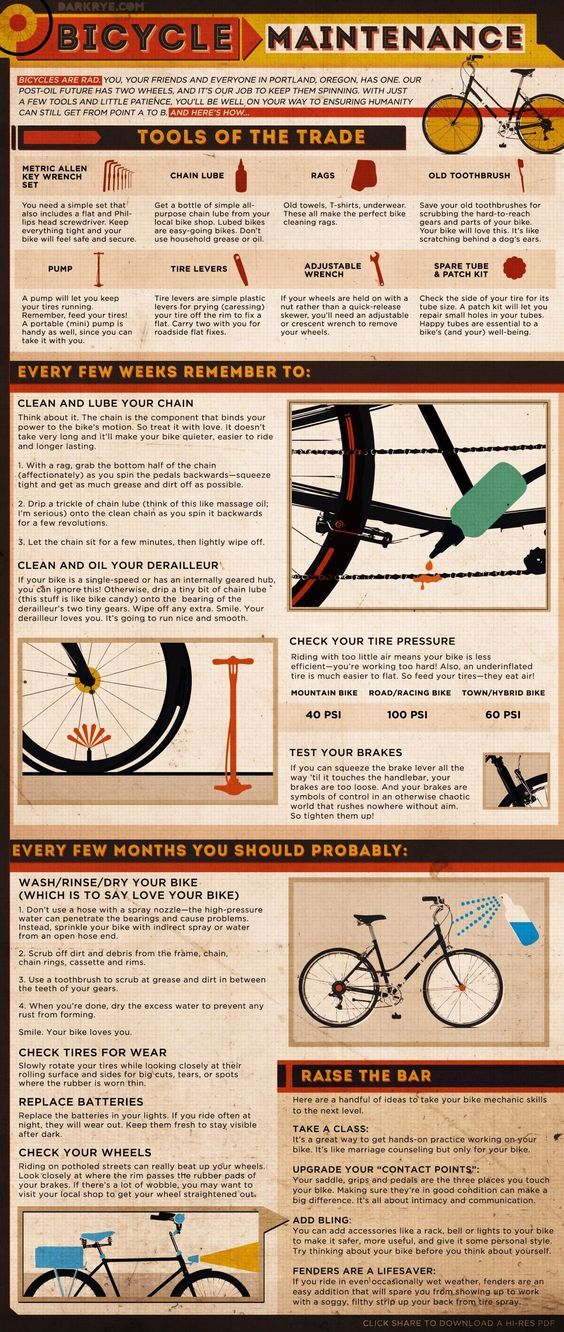 and also …
and also …
If we put more pressure on the wheels, we don't use less fuel and the tires wear out no less. What we're doing is deforming the tread, the part of the tire that hits the asphalt.
Mountain bike tire pressure chart
| Tire width (inches) | ||
|---|---|---|
| Rider weight (in kg) | 1.9″ - 2.1″ | 2.4″ - 2.5″ |
| 60 kg | 2 bar / 29 psi | 1.7 bar / 24 psi |
| 70 kg | 2.1 bar / 30 psi | 1.8 bar / 26 psi |
| 80 kg | 2.2 bar / 32 psi | 1.9 bar / 27 psi |
Note: 35 psi is the air pressure assigned to "maximum load" tires with "standard" load, and 41 psi.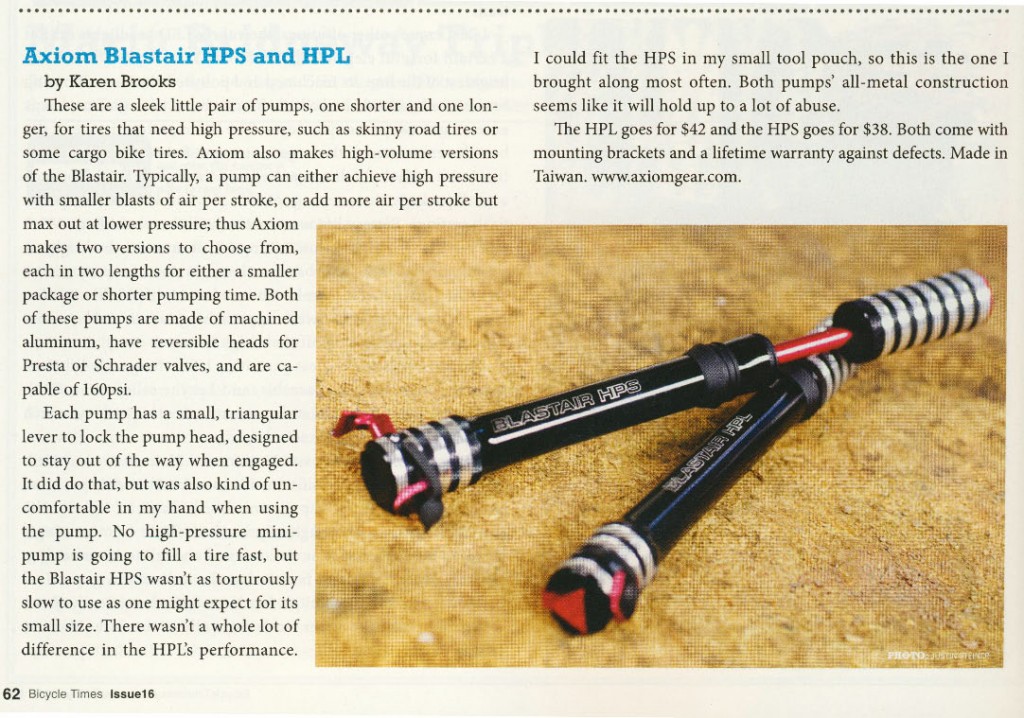 inch for tires with "extra load".
inch for tires with "extra load".
The PSI value corresponds to its name in English Pound-force per Square Inch, which in Spanish translates as pounds per square inch. It is the most widely used unit of tire pressure, especially in English-speaking territories.
Atmospheric pressure is usually measured in pounds per square inch (psi), kilopascals (kPa) or pressure bars (bars).
PSI (pounds per square inch) is a unit of pressure that is equal to 1 psi.
One pound is equal to 453.59 grams in the international system of units, which is 0.45359 kilograms.
The usual setting we use is 28 or 30 psi (psi of pressure). On one side of the tire, you will also find the maximum allowable pressure.
Checking tire pressure is very simple, just put a special gauge (preferably electronic) on the wheel axle for a couple of seconds to give us the desired measurement. It is important that this measurement be taken with the vehicle before shooting.
PSI, or pounds per square inch, measures the amount of pressure applied over an area of one square inch.
Road bikes are ideal for long distances and high speeds with a lighter frame and performance-oriented components.
Our selection of the best travel bikes

Cyclocross bikes. Track racing bikes. Triathlon bikes. Time trial bikes.
Trust us, you'll be happy to see your progress and you'll stay motivated, so keep these tips in mind so you don't get tired on your bike and give up.
The fixed gear transmission is mechanically more efficient than any other bicycle transmission as it transfers power directly from the rider to the wheels. Thus, a fixed gear requires less power to move any gear than a bike shifting in the same gear.
The average weight of a complete bike is between 15 and 16 kg.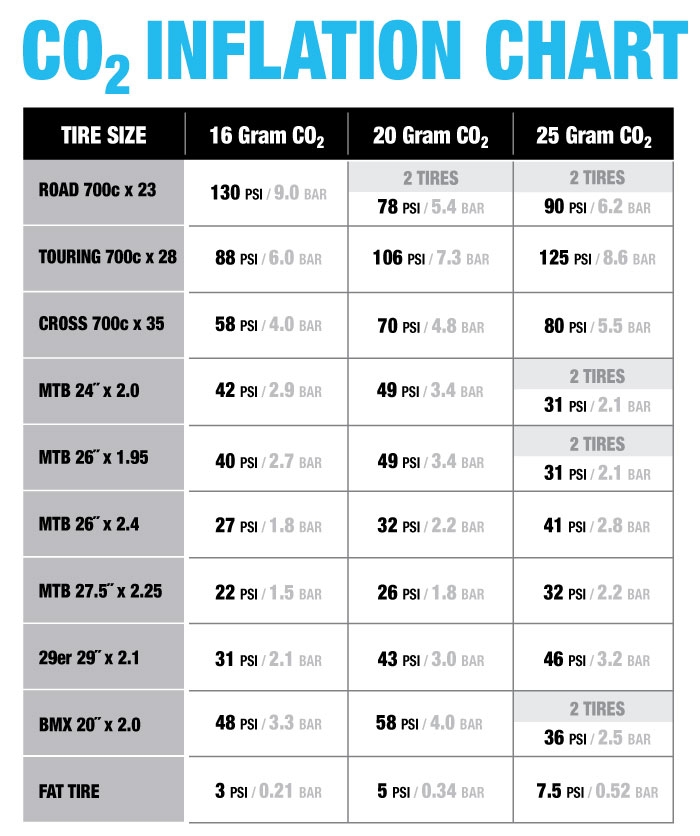
A standard aluminum frame typically weighs around 1.13 kg, while the same carbon fiber frame weighs around 0.65 kg. Only about 500 grams, which can give you a little boost when climbing slopes.
Regular steel frame bicycles should weigh between 17 and 20 kg on average!
Currently, the highest body in the world of cycling states that no bike can weigh less than 6.8 kg fully assembled in order to take part in an official UCI World Tour event (see rules).
24K Gold Extreme Mountain Bike -> €800.000
Designed by The House of Solid Gold, limited edition of 13 personalized pieces to suit every customer. It is bathed in 24 carat gold. In addition, more than 600 black diamonds and 500 golden sapphires adorn the logo of the house.
Take a look at our selection of the lightest bikes of 2021.
Low profile tires also provide better “touch to the car”, the driver has better control of the car and can better predict its behavior. Also, the wobble is much less noticeable.
AT 65 psi COLD" indicates the maximum tire load range and the corresponding maximum cold pressure.
On rim size P 185/60 R 14, the MAXIMUM pressure is indicated on the side wall. 350 kPa (51 PSI), where 350 kPa refers to a unit called kilopascals. PSI in English (pounds per square inch) pounds per square inch. Shows 51 pounds of pressure.
Abnormal tire wear can be caused by rapid acceleration, braking, sharp turns and other poor driving habits.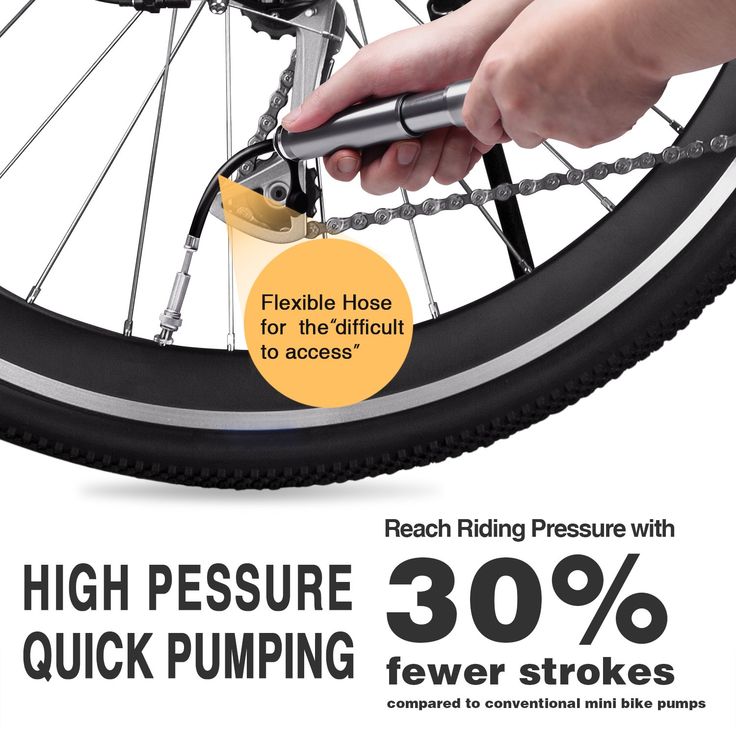 They are also caused by incorrect air pressure, poor tire balance, and improper wheel alignment.
They are also caused by incorrect air pressure, poor tire balance, and improper wheel alignment.
Be aware that tires can lose air due to differential pressure, this effect is called the permeation process and affects all tires, regardless of type or application, since the joints that make up the tire are not completely sealed, and their porosity allows ...
Here are a few basic tips:
For example, on road bikes it is usually between 6 and 9 bar. It is also important to consider the distribution of weights.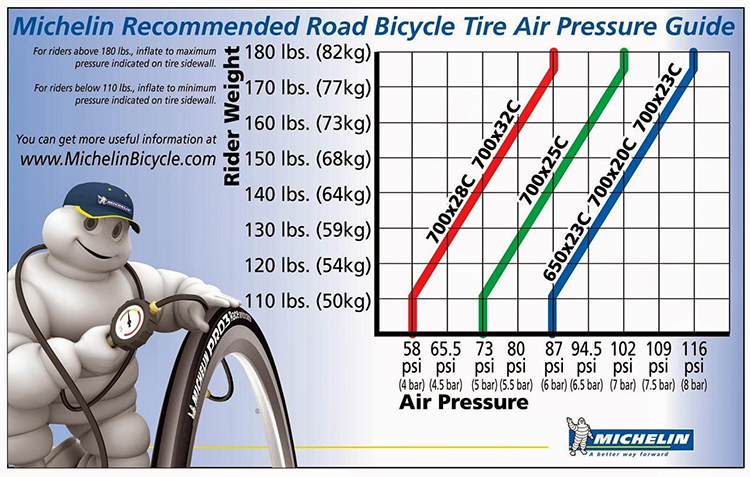 The pressure on the front wheel is always 0.5 bar less than on the rear.
The pressure on the front wheel is always 0.5 bar less than on the rear.
Folding bikes with 16" to 20" wheels can support 4 to 8 handlebars. Traditional or mountain bikes with 26" to 28" wheels will handle 2.5 to 4.5 bar. Road bikes with 29-inch wheels can handle 7 to 9 handlebars.
1 bar = 14.5037738 psi abs. (= lbf/in² = lbf/in²) 1 bar = 29.53 inHg. 1 bar = 100,000 Pa = 1×10 5 Pa = 1000 hPa = 100 kPa = 100 kN/m² = 1.01972 kgf/cm²
Recommended tire pressure
Recommended tire pressure depends on vehicle size and tires. Based on the usual tire size for each segment, small cars typically have 30 psi, midsize cars 36 psi, and large cars 42 psi.
Quick psi to lbf/in² conversion
 000000000)
000000000) To measure tire pressure, connect a pressure gauge to the wheel nipple. For this operation to be carried out correctly, the vehicle must be stopped and the engine cold, otherwise the values may be changed.
1 psi = 0.07 kgf/cm 2 .
Let's look at an example: P175/70 R13 230 kPa (35 PSI)
This indicates that the maximum pressure is 35 psi. For urban use, it is recommended to inflate the tire 3 pounds less when the vehicle is not loaded.
The PSI value in pressure refers to pounds per square inch (pounds per square inch, as it is abbreviated in English). It is one of the most commonly used units of pressure, although not the only one: other units are used, such as the bar, which is equivalent to 14.5 pounds.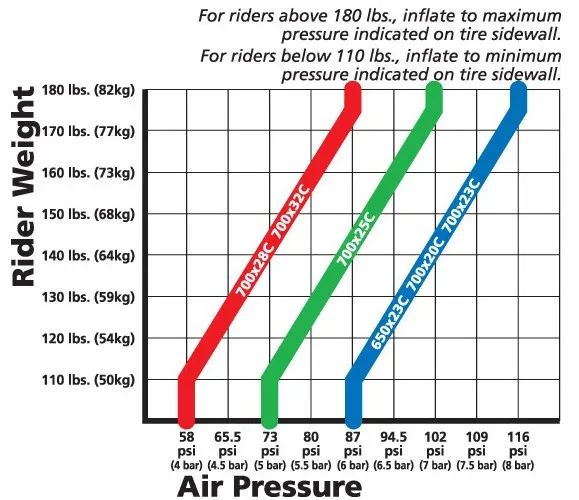
At Michelin, for example, if we look at the most common 29x2.25 tube tires, the pressure they take is 1.8 to 4 bar (29 to 58 psi), while Continental to the same extent and similar tires are 3.5 to 4.5 bar (50 to 65 psi).
All tires have different air pressures depending on size and design. The manufacturer's recommended maximum inflation pressure can be found on the side of each tire.
Let's look at an example: P175/70 R13 230 kPa (35 PSI)
| Rin: | Recommended pressure (PSI): |
|---|---|
| 14 | 34 |
| 15 | 36 |
| 16 | 38 |
| 17 | 40 |
Thin tube tires (2.25 or less): 30 to 32 psi - 2.1 to 2.25 bar. Wide chamber tires (2.